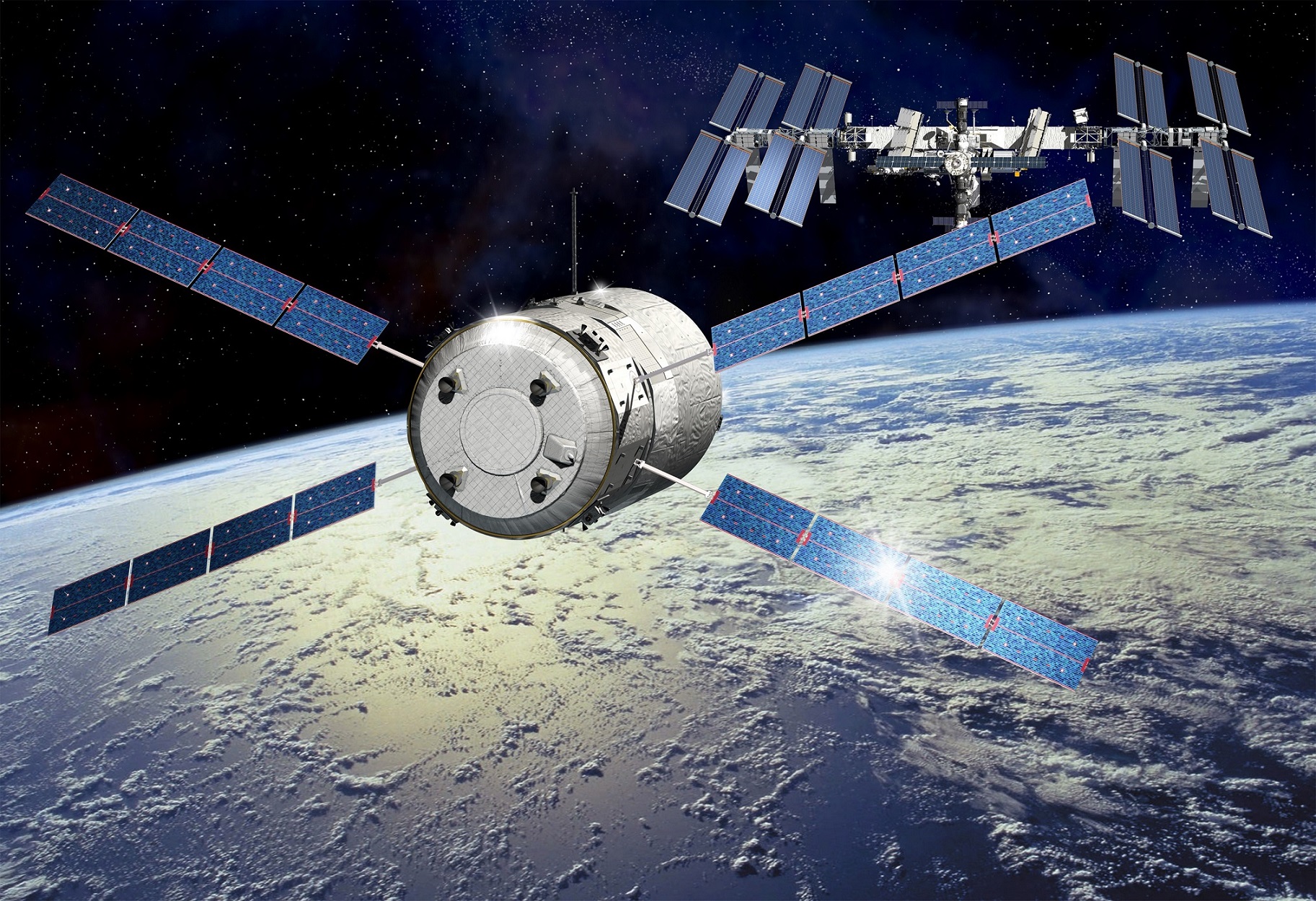Up until now, this series of articles has explained the principles of space propulsion and the basic guidelines and criteria for thruster design. This is, however, a very simplistic approach to a topic that is very complex by its own nature. This article will try to broaden this perspective and discuss several design issues for thruster design.
The mission of all thrusters is essentially the same: generate a thrust, this means, exert a force on a spacecraft. However, this force can be used for many purposes in many different environments. For example, launching a rocket from Earth’s atmosphere has very different requirements from controlling the orientation of a military observation satellite to obtain maximum accuracy.
A first distinction between requirements can be made according to what the thrust of the propulsion system is used for. According to this criterion, propulsion systems can be divided into “primary” and “secondary” propulsion.
- If the objective of the thruster is to accelerate an object it falls into the category of “primary propulsion”. In other words, the main goal of primary propulsion is to bring an object from a point in space with a certain speed to another point in space with another speed. Rocket launchers are a typical example of primary propulsion. These launchers usually produce enormous thrusts to counteract Earth’s gravity. For example, the Ariane 5 core stage produces about 1 million Newtons of thrust (the weight of 102 tons) and burns about 170 tons of fuel in 9 minutes.
- Another possibility is to use the thrust to control the attitude of a spacecraft. “Attitude” is the spacecraft orientation with respect to a reference axis. This is vital for telecommunications satellites, since they rely on an accurate pointing of antennas to transmit data. Spacecraft, and especially satellites orbiting the Earth, suffer from perturbations that change their attitude. The mission of secondary propulsion is to provide small but precise thrust to control a satellite’s attitude. Some of these systems produce thrusts in the orders of a millionth of a Newton, which is about the weight of a tenth of a milligram. They are designed to work for years, during the whole lifetime of the spacecraft.
Environment is another important variable in thruster design: the presence of an atmospheric pressure puts a limit to the ejection speed that can be achieved, and having to withstand the pressure of flying through an atmosphere at high speeds can put the structure under stress.
Resupply ATV vehicle approaching the International Space Station. A precise orbit and attitude control is needed for docking with the ISS. Source www.esa.int
Finally, there are two capabilities that are usually required, depending on mission profile. The first one is re-ignition capability, or the capability of turning off and starting up the thruster on demand. This can be very interesting for heavy-lift launchers such as Ariane 5, allowing the delivery of multiple satellites to different orbits. The second one is “throttleability”, the possibility to increase or decrease thrust at will. It can be very useful for maneuvering and avoiding instabilities, but it is not so technically straightforward to achieve.
During the history of astronautics, many different propulsion technologies were developed to fulfill the needs of space missions. They range from very simple ideas to complex and advanced technologies. That will be subject of the next chapter of the “Space Propulsion” series, here, at techforspace.com

